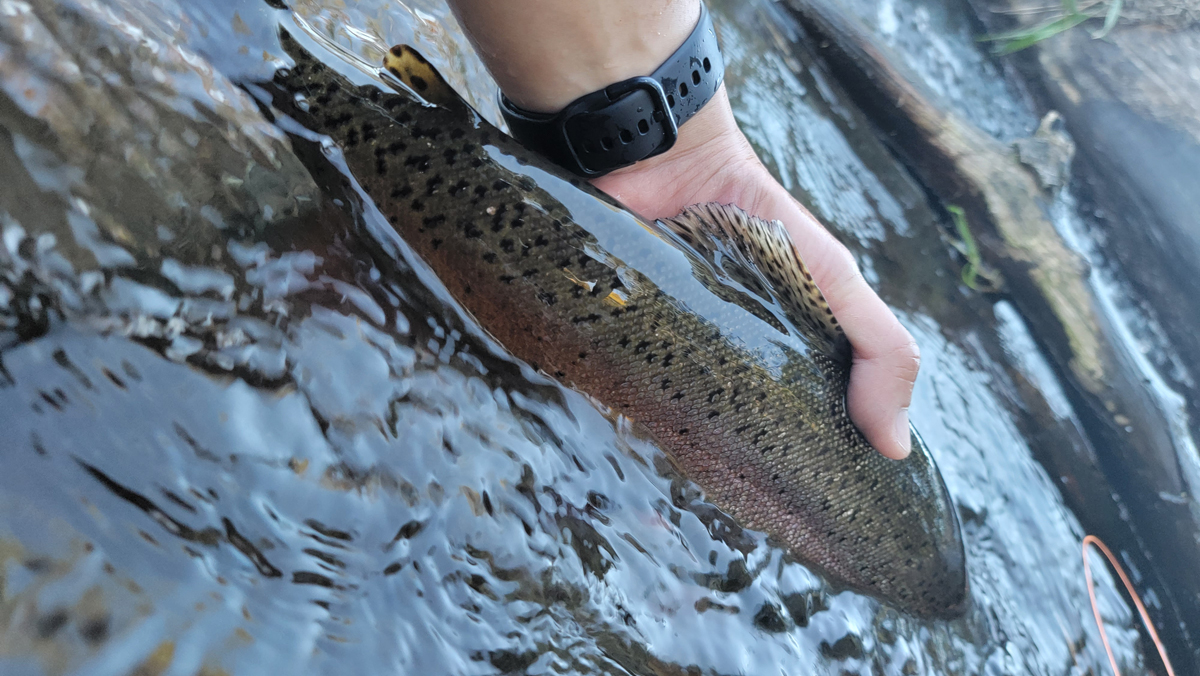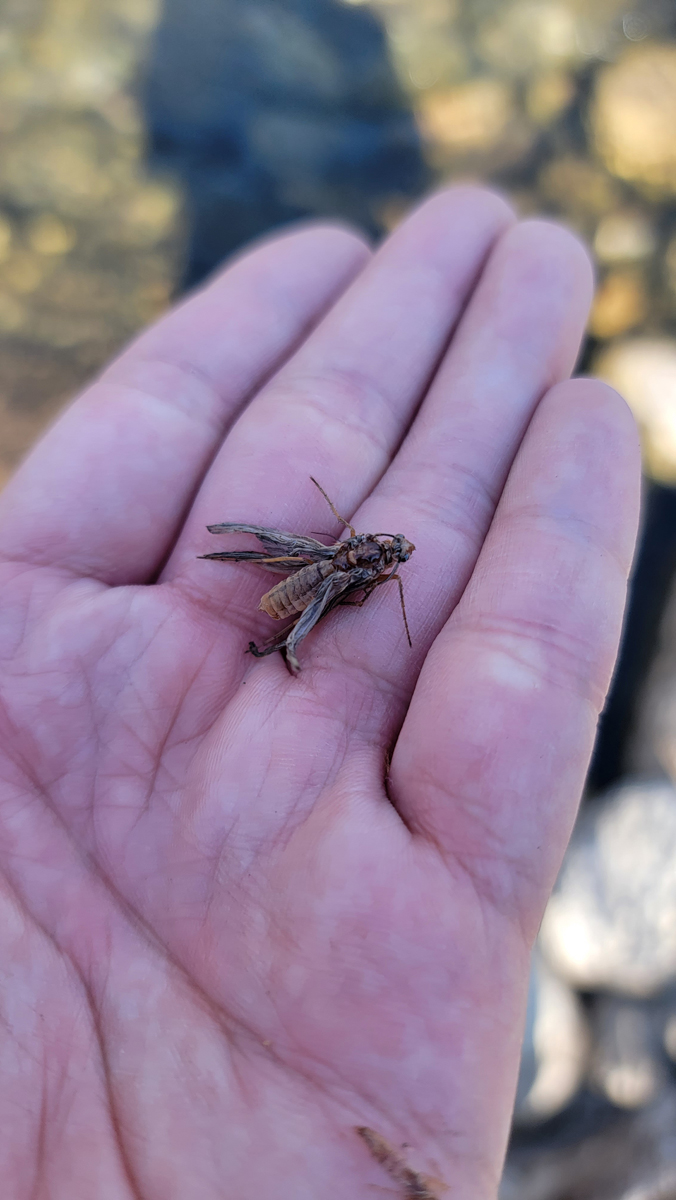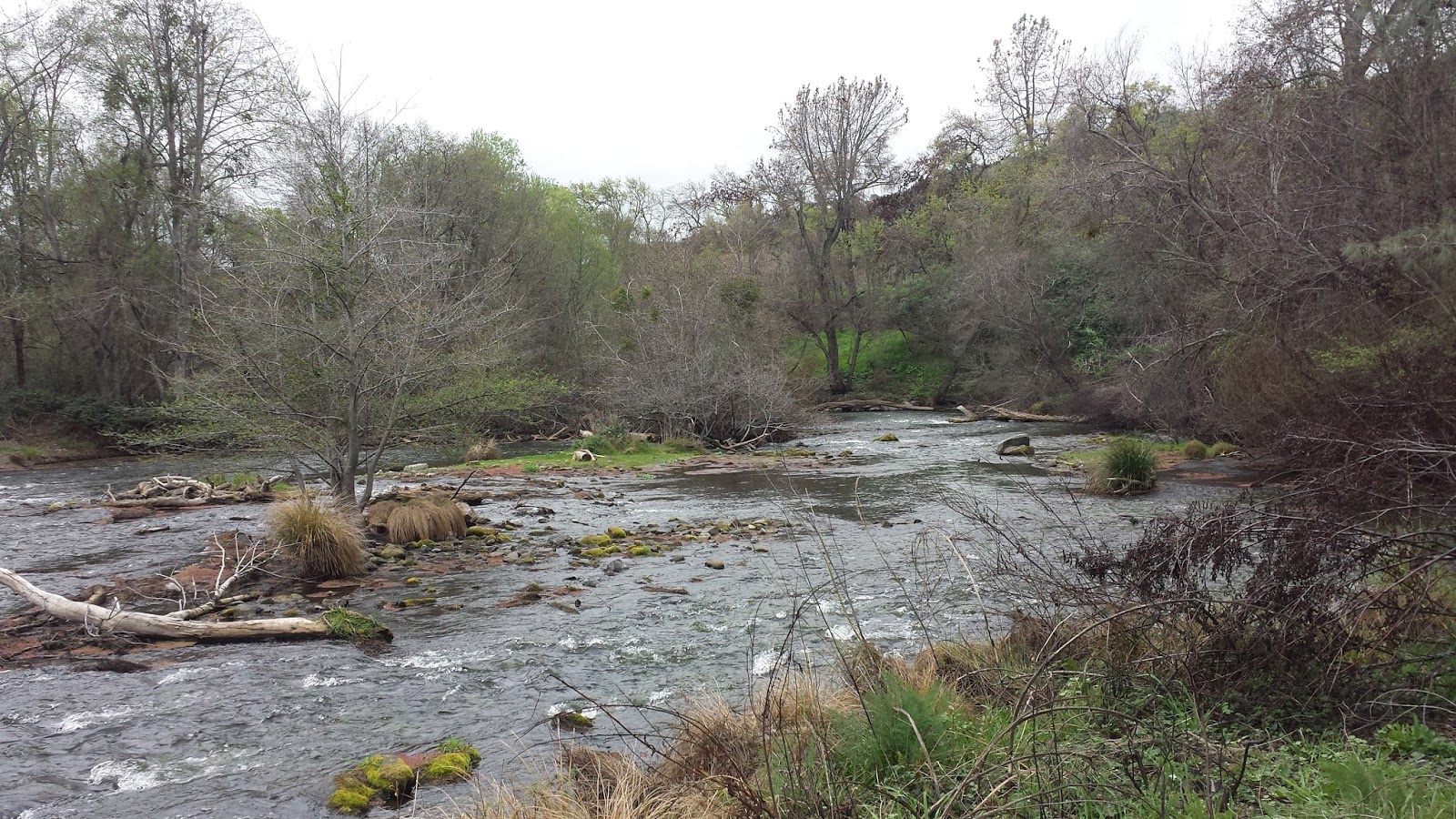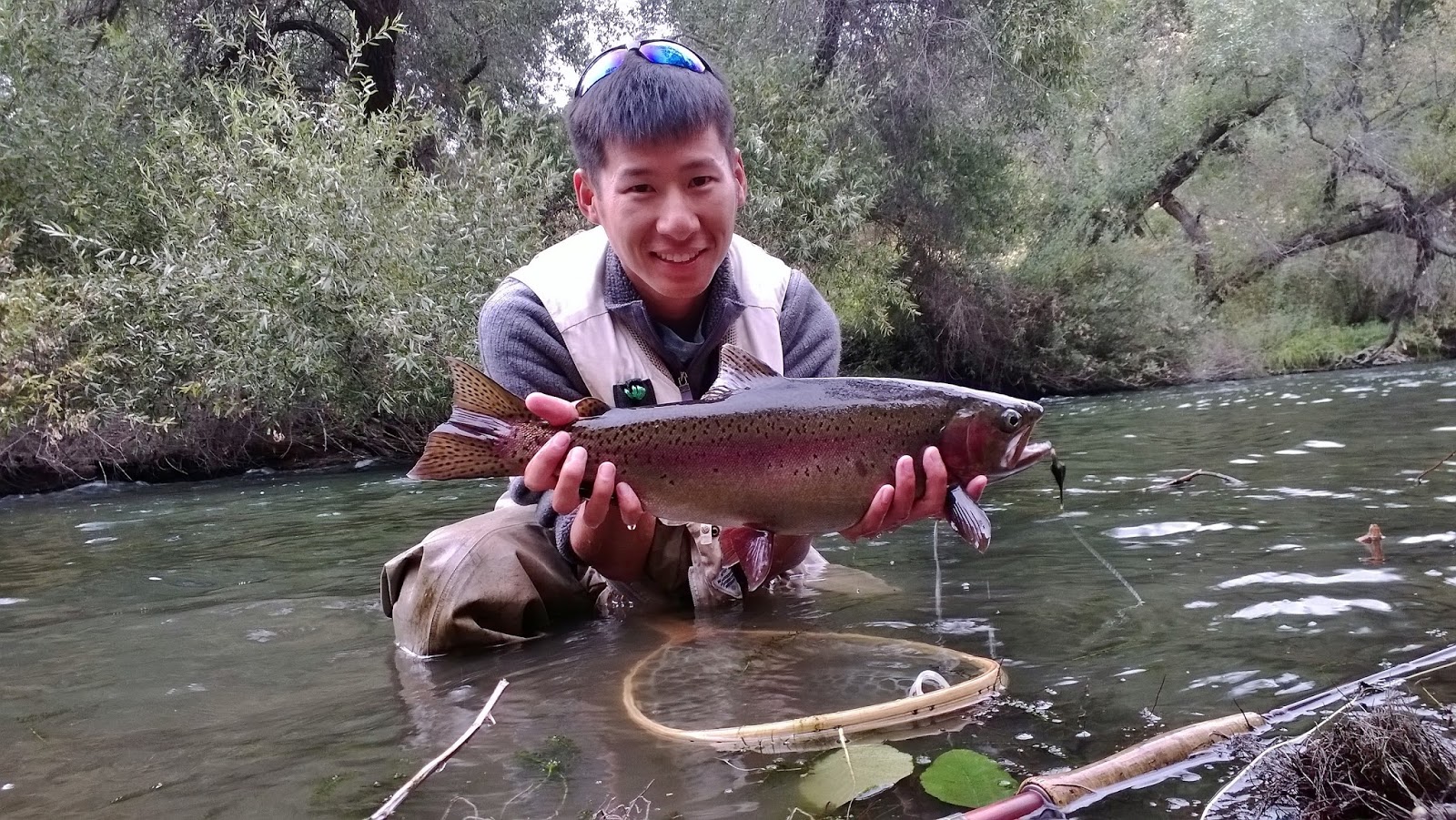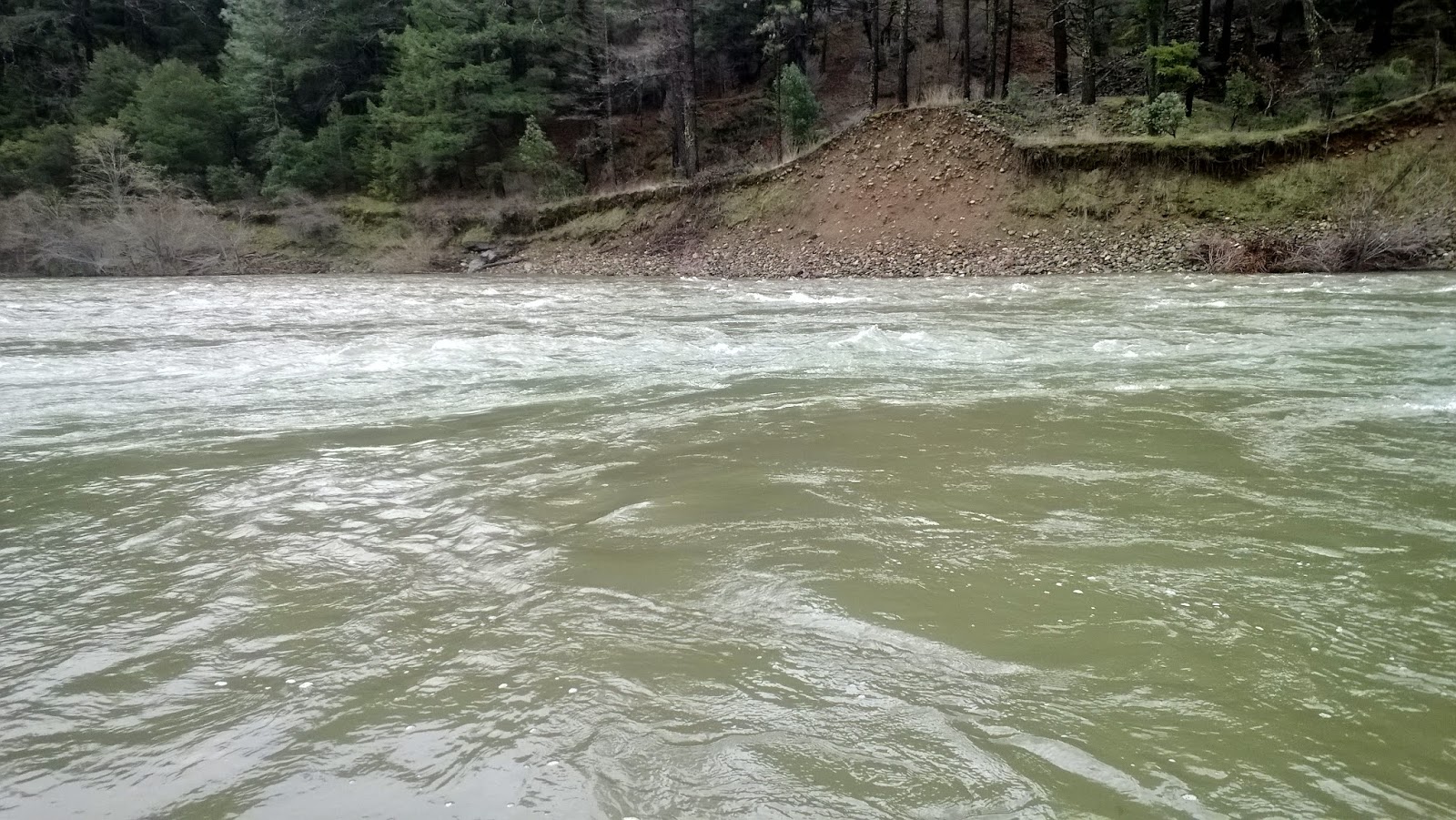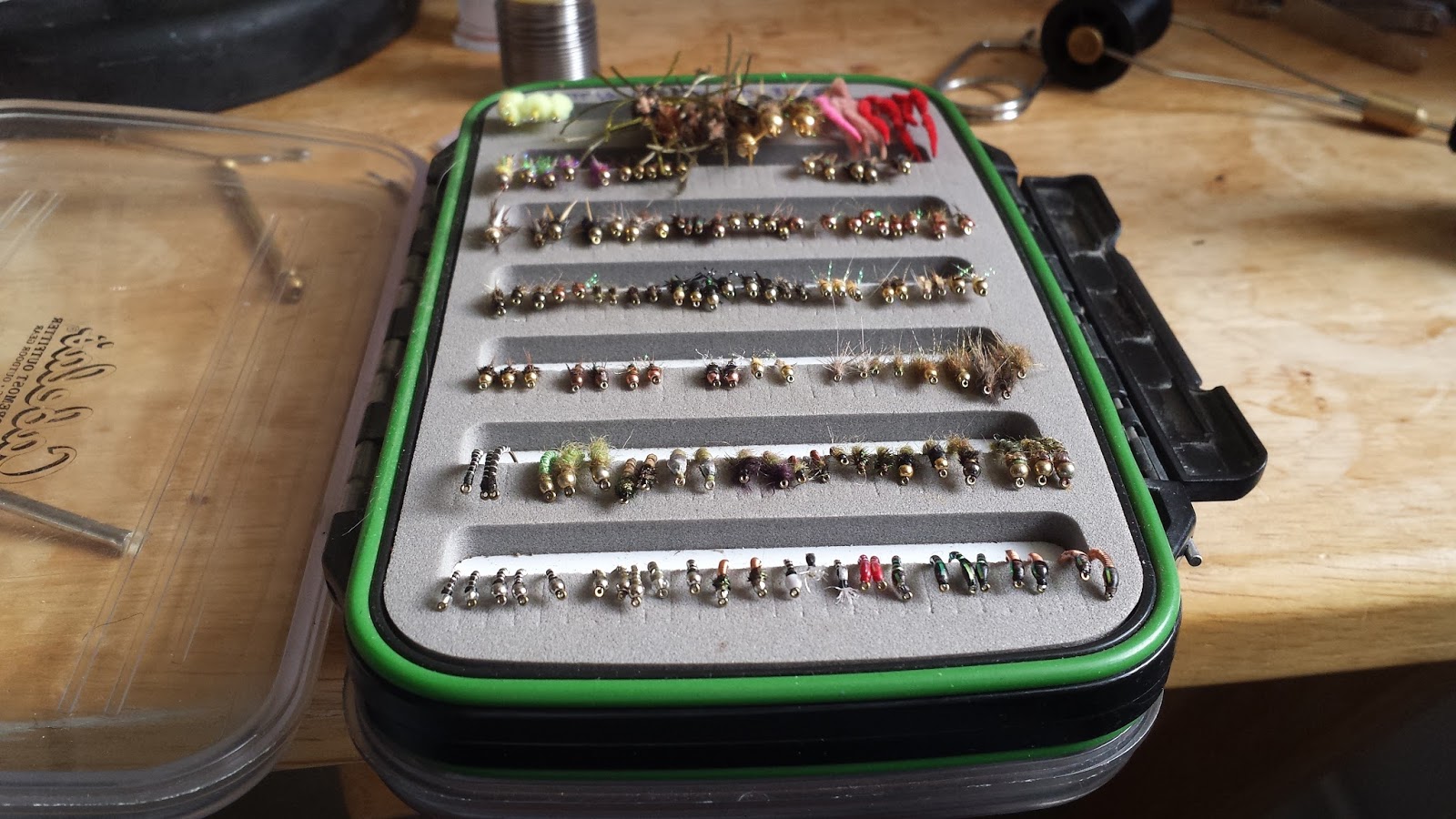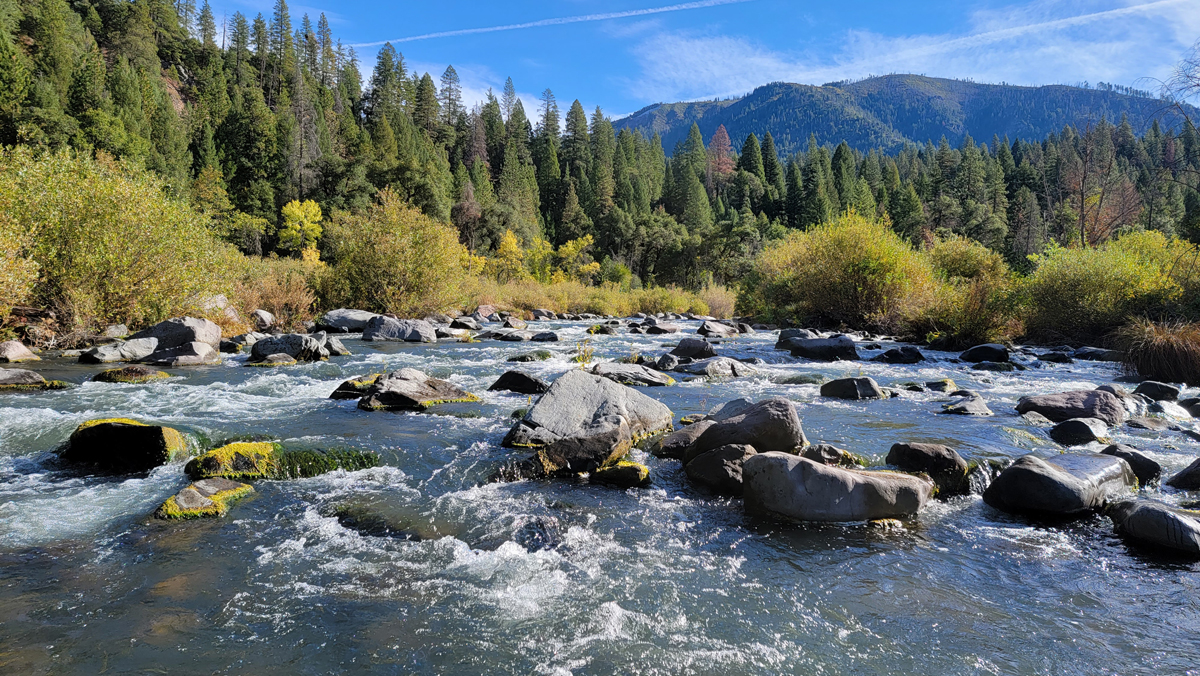
October is the June of the fall; both months mark a transitional period between seasons and mark the peak of fish activity. The weather in October can be fantastic with cooler evenings and comfortable afternoons. This year the cooler temperatures didn’t hit until halfway through the month which was unusual. Nevertheless I took advantage of my time off work and dad duty and made a trip up to fly fishing country to fish some of the finest trout water in California. My plan was to explore new waters on streams that I’ve fished in the past: the Pit River at Pit 5 and the riffle section of Hat Creek.
I’ve been dreaming on getting on the Pit River again for quite some time after learning how to euro nymph. The pocket waters on the Pit are some of the best I’ve ever fished. Every spot that looked fishy had a fish in it. It didn’t matter if the spot was too small or too large if you threw a fly in it you would get a fish out of it. I’ve only fished the Pit twice and most of my time was spent on Pit 3 below the dam. I’ve read a lot of about Pit 4 and Pit 5 having bigger water and bigger fish so I decided to check Pit 5 out to see if these reports were true.
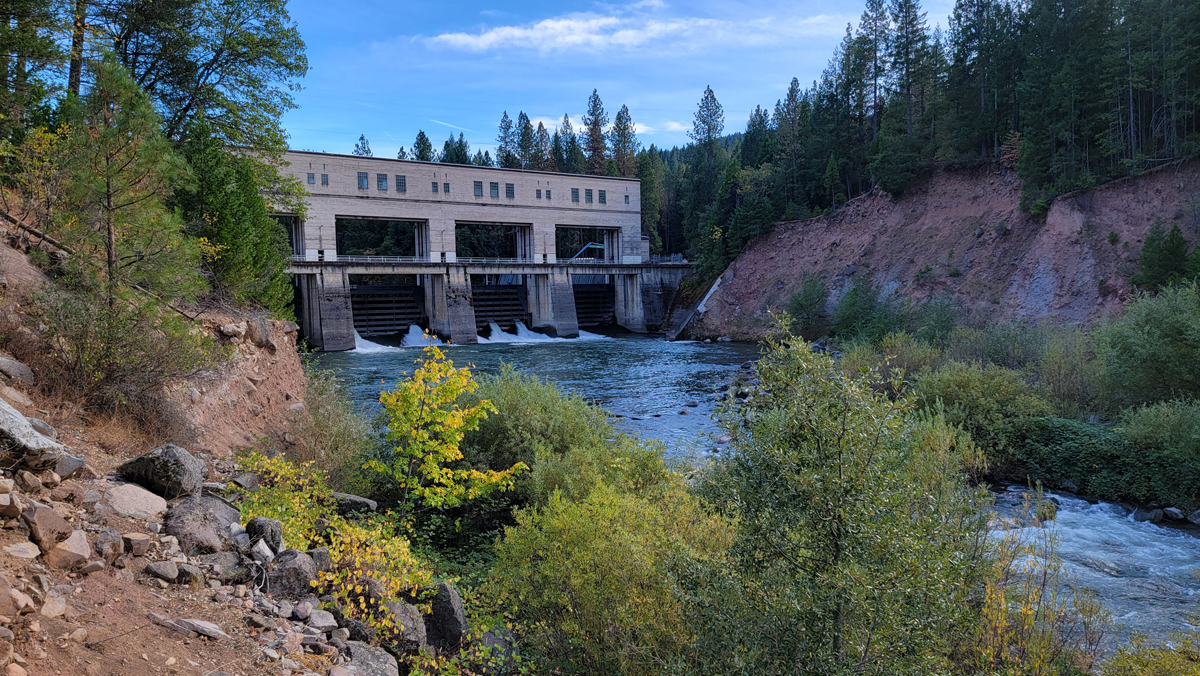
Pit 5 is the last and furthest section from Pit 3 before the road turns away from the river only to cross it again at Big Bend. The drive took a little less than an hour from Pit 3 to Pit 5. I made camp at Madesi access in the evening in preparation to fish the Pit the following morning. I was looking forward to testing out some of my backpacking gear that I wasn’t able to play with during my Kern River trip. The nights low was 35 degrees and I felt confident that I would be able to survive the night in my bivy, sleeping bag, and sleeping pad. I was feeling somewhat comfortable until I woke up at 3am too cold to sleep. The sleeping bag that I brought was too short and not warm enough. I had already prepared for failure earlier by setting up my car as a backup shelter and shivered my butt off attempting to throw all my sleeping gear into my car as quickly as I could. I slept fine the rest of the night. A chilling reminder to test all gear before heading out too far into the backcountry.
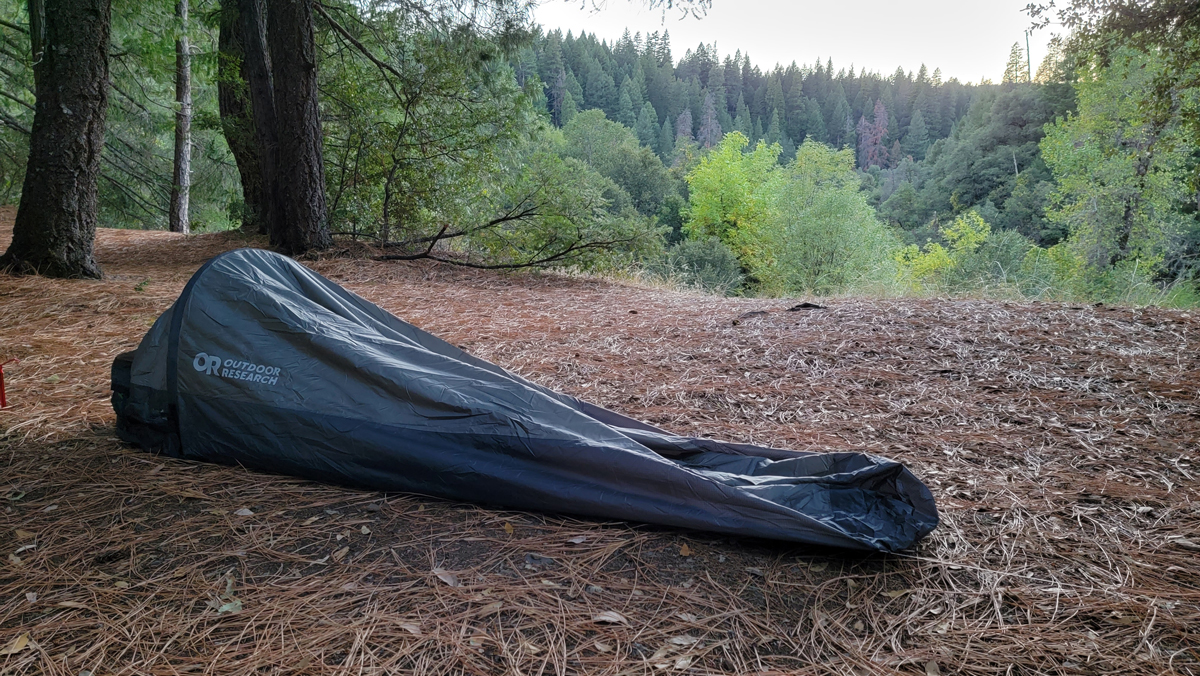
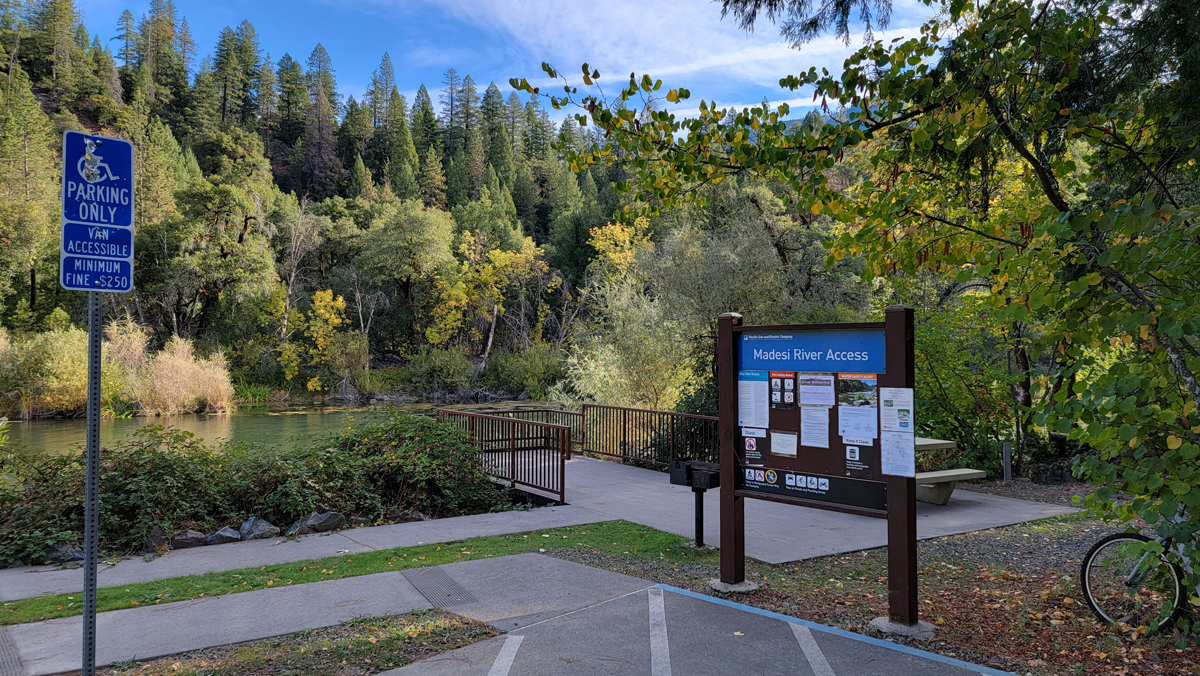
The following day I didn’t start fishing until 9am. I wanted to give the sun some time to come up above the backs of the mountains to help warm up the river before heading out. Most rivers fish well early in the morning but when temperatures are near freezing the night before it’s always good to give the river some time to warm up so that the bugs can start moving and the fish can start feeding. I started below the Madesi parking lot and made my way downstream.
Pit 5 fished as amazing as I thought it would. I wasn’t wrong remembering fish in every spot that looked fishy. Most of the fish I caught were about 10″ – 12″ with a few bigger fish at about 14″ – 16″. I was euro nymphing with my Echo Shadow II 3WT which I had extended to 10’6”. Fly patterns that work best on the Pit River are dark nymphs and rubberleg stoneflies. I experimented with a self-tie streamer jig I dubbed the “Thingamajig” that was a mashup between a sculpin, stonefly, crawfish, and baitfish along with a dark lord attached to the tag end of my double surgeon’s knot. Most of my fish came off the dark lord but my biggest fish came from the thingamajig. I had lost count of all the fish I caught and guessed that I had caught at least 30 fish before I stopped fishing at around 4pm.



I believe that the Pit River below Lake Britton is the greatest trout stream in California. The only setback is that it is extremely difficult to wade. It’s been awhile since I’ve been on the Pit and I romanticized how the wading was tough but also fun. I had fun catching fish but didn’t have nearly as much fun trying to get around the river. I tripped a few times and got a little wet but thankfully I didn’t go swimming. With the tough wading and great catching it’s amazing how much time you can spend on a short stretch of pocket water. I fished for 7 hours straight and found that I only traveled about 1000ft downstream from where I started. After my experience on Pit 5 I can’t say that Pit 5 fishes any better than Pit 3. I was expecting bigger fish but didn’t really hook into anything huge. I think I’ll stick to Pit 3 from now on since it’s closer, easier to access, and the fishing is just as good.
I had originally planned to fish Pit 3 the following day after Pit 5 but opted out because I didn’t want to wade challenging waters again. With my adventure on the Pit River completed it was time to head over to Hat Creek where I was determined to learn how to be successful on the riffle section below HWY 299.
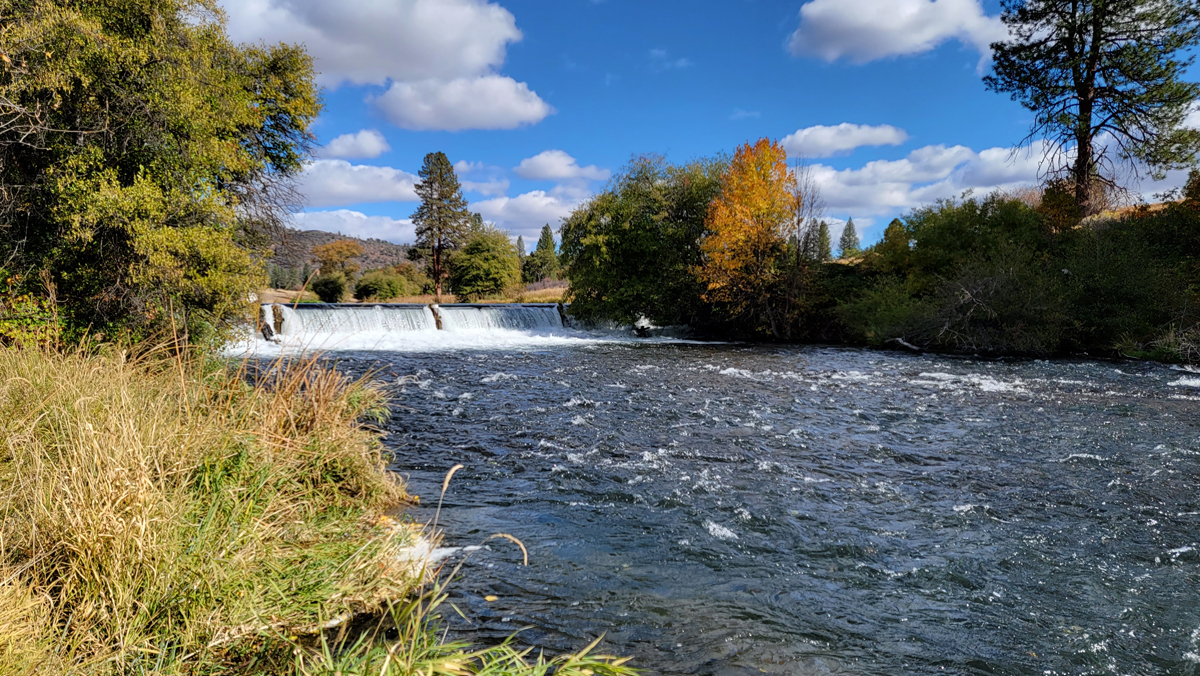
There’s about a mile of water between HWY 299 and a weir that separates Lake Britton and Hat Creek. A quarter of it is spring creek water until it hits a point where the creek becomes gradient and slopes all the way down to the weir. I’ll admit that the first time I visited the riffle section of Hat Creek I wasn’t very thrilled to try and fish it. I’ve been in so much love with the spring creek section of Hat Creek that fishing the riffles didn’t feel right to me. The riffle section is skinny water made of up riffles that look too fast for fish to comfortably hold in. It wasn’t until I learned how to fish this section that I realized how wrong I was.
Fishing reports were saying that high sticking a rubberlegs was getting the job done on Hat Creek so I rigged on a rubberlegs with a BWO nymph and starting tight-line nymphing my way through the skinny riffles. It wasn’t long until I hooked a fish and another and another. I had figured it out. I ended up hooking about a dozen fish within a few hours including a chunky trophy bow that I had only heard of existing but have never seen.
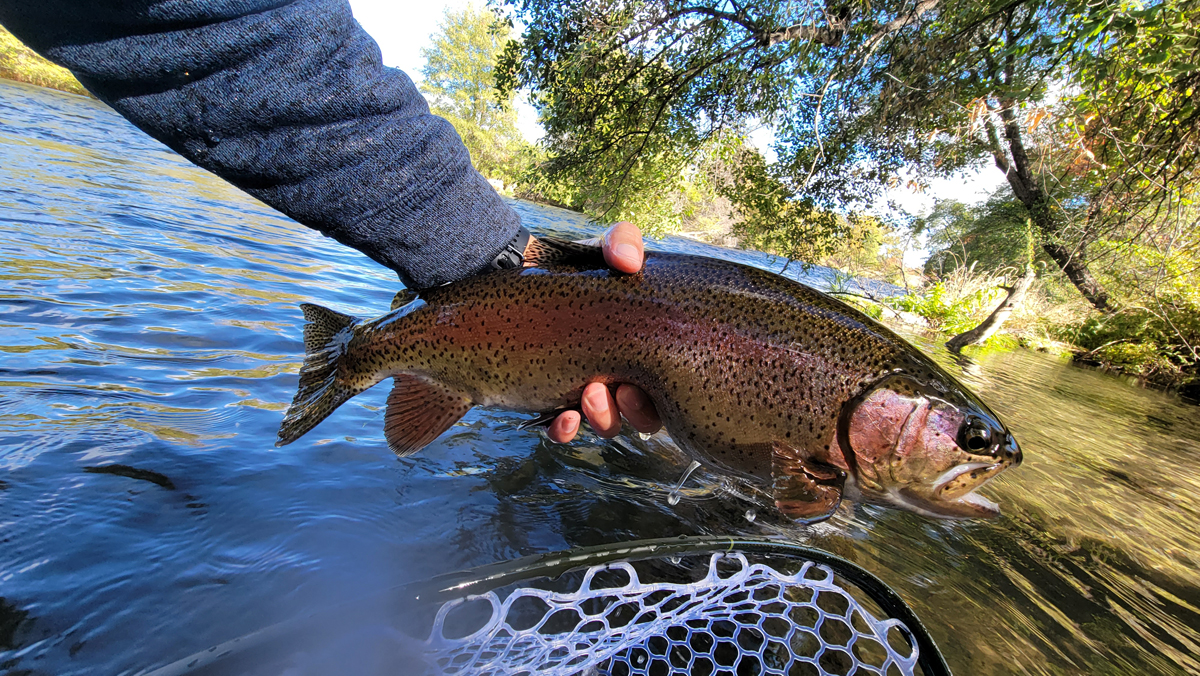
The following morning I started Hat Creek on PH riffle using the same rig that I fished with in the riffle section and immediately started getting into fish. I’ve never had very much success fishing PH riffle thinking that the water was too skinny but I learned real quick that this was not the case. I caught over a dozen fish in PH riffle with the biggest being around 10”. After covering most of PH riffle I decided to venture downstream to the spring creek section to find rising heads. I found a few fish rising but nothing consistent enough to trick into eating a dry. I was hoping to find a BWO hatch midday but didn’t see anything hatching. I was off the spring creek section at around 1pm and drove down to the riffle section.
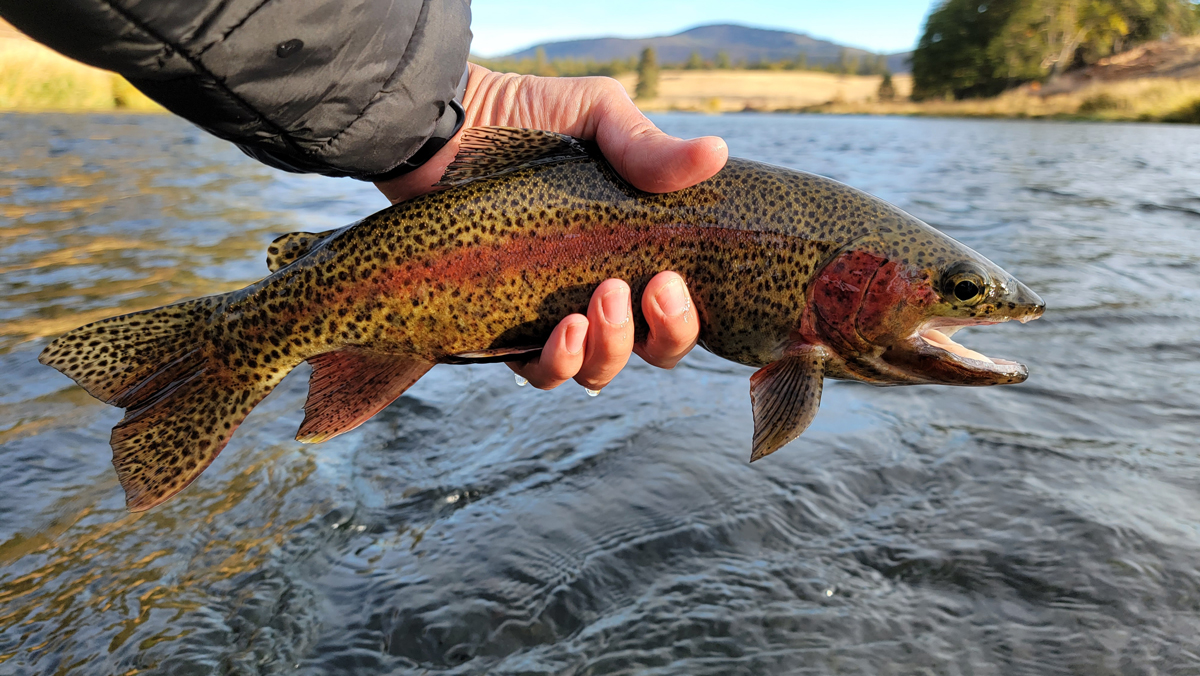

As soon as I arrived in the parking area I was grateful to find that I was going to be alone. It was a beautiful autumn day, the leaves were changing, the mountain chickadees were calling, and not a single human in sight. The fishing was phenomenal and I had a double digit fish day before the sun set over the mountains. I learned what type of water the big fish liked and was able to predict where they were going to be after finding my first two. I was fortunate enough to hook and land several this visit. Landing these big Hat Creek rainbows was extremely difficult due to the woody debris and gradient of the creek. The riffle section of Hat Creek is essentially a waterslide with much of the water rushing downstream through several riffles. If you hook into a big fish and it decides to head straight downstream there’s absolutely no stopping it. Pull the opposite direction to try and lead them upstream and you’re sure to pop the hook out of their mouth. To land most of these magnificent fish I had to do some chasing into softer water where I then positioned myself downstream to scoop them up. I had one fish dive into a deep log jam where I somehow managed to carefully pull it out without breaking it off. A long-handled net definitely helped and I think I’ll be carrying one from here on out.
October is truly a great month for fly fishing. The pocket water on the Pit was both challenging and full of fish and I now know that big fish exist within Hat Creek. I still have a few spots on Pit 3 that I need to explore and I hope to someday hook a big fish on a dry in the spring creek section of Hat Creek. I can’t wait to return to fly fishing country.
